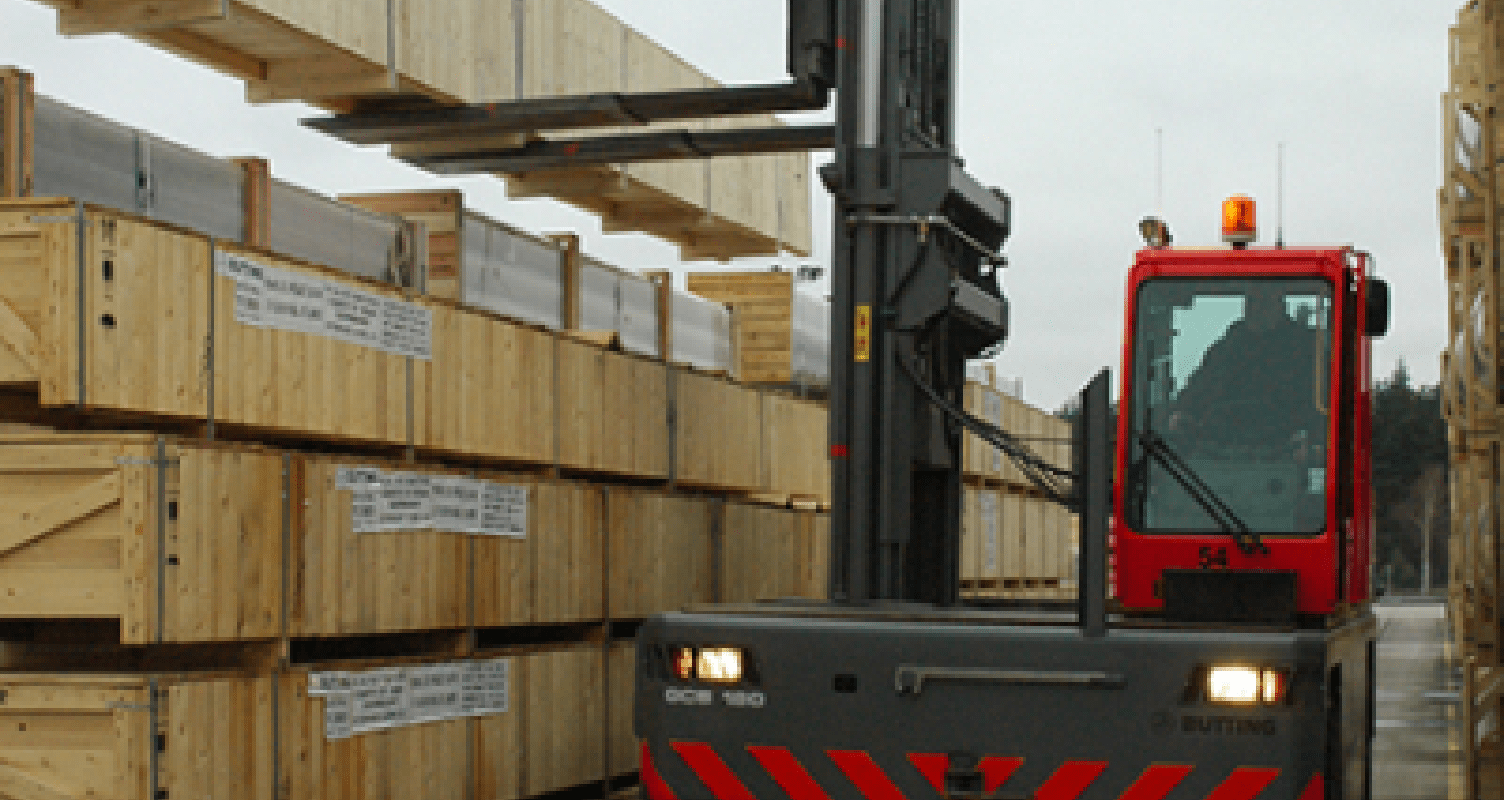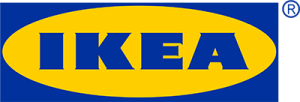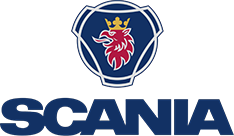
The standard practice for forklift operations is that the forklift should always lift the pallet from the center of the palletized load. This guideline helps ensure stability and safe handling of the palletized load. By providing adequate support, the forklift can distribute the weight evenly and minimize the risk of the load tipping or becoming unstable during lifting, transportation, or storage.
This guideline cannot be followed when using a Euro pallet as the forks are still too long when the pallet is handled from the long side. You should always ensure that the forklift forks are properly inserted underneath the pallet from the short side or check that the load is evenly distributed or whether the pallet is off the fork back such that the driver estimates that the load is resting adequately on the forks.
To overcome this challenge, using adjustable forks or specialized equipment for Euro pallets is essential for improving safety and efficiency.
Last year, more than 100 million Euro pallets were produced. A huge number, and it is impossible to imagine logistics without the pallet that was introduced in the 1960s. The Euro-pallet’s dimensions were established based on the need for compatibility with different modes of transportation, such as trucks, trains, and shipping containers. The standard dimensions for a Euro-pallet are 1,200 mm x 800 mm (47.24 in x 31.50 in), with a height of 144 mm (5.67 in). (Source: European Pallet Association e.V. (EPAL))
When handling Euro-Pallets, using KOOI® hydraulic forks is particularly beneficial as they provide an adjustable system because the length can be extended from 800 mm to 1200 mm. So the pallet is always adequately supported and can never protrude.














